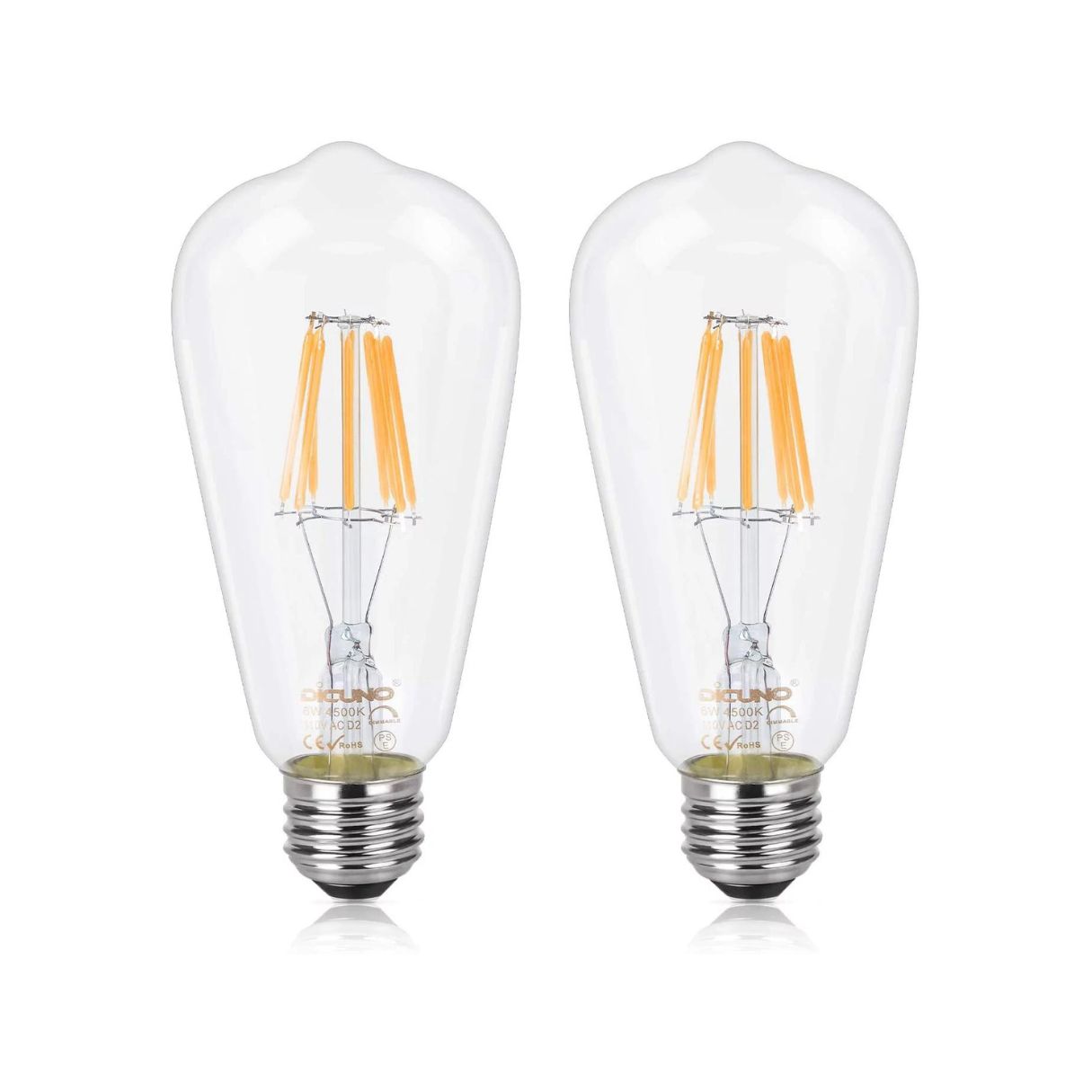

Articles
What Is An E26 Base Light Bulb
Modified: January 24, 2024
Discover everything you need to know about E26 base light bulbs in our articles. Explore their features, uses, and why they are a popular choice for lighting solutions.
(Many of the links in this article redirect to a specific reviewed product. Your purchase of these products through affiliate links helps to generate commission for Storables.com, at no extra cost. Learn more)
Introduction
Welcome to the world of E26 base light bulbs! In this article, we will explore everything you need to know about the E26 base light bulb, from its definition and specifications to its common uses and advantages. Whether you’re an aspiring lighting enthusiast or simply looking to upgrade your home or office lighting, understanding the features and benefits of E26 base light bulbs will help you make an informed decision.
The E26 base light bulb is one of the most widely used and popular types of light bulbs in the world. It gets its name from the Edison screw base, with the number 26 indicating the approximate diameter of the base in millimeters. This base type is commonly found in a variety of lighting fixtures, making it easily interchangeable and highly versatile.
What sets the E26 base light bulb apart from other bulb types is its convenience and compatibility. With its standard size and design, it fits effortlessly into a wide range of lighting fixtures, including table lamps, floor lamps, pendant lights, and ceiling fixtures. Whether you’re looking to illuminate your home, office, or commercial space, the E26 base light bulb offers a seamless solution.
As we delve into the specifics, we will explore the key specifications of the E26 base light bulb, including its wattage compatibility, voltage rating, and the types of bulbs that can be used with it. We will also discuss the advantages and disadvantages of using E26 base light bulbs, providing you with a comprehensive understanding of what this lighting option has to offer.
Furthermore, we will compare the E26 base with other popular base types, such as the E27, GU10, and MR16, highlighting the differences and unique features that set them apart. By the end of this article, you will have a solid grasp of E26 base light bulbs and be equipped to make an informed decision when it comes to your lighting needs.
So, without further ado, let’s dive into the world of E26 base light bulbs and discover how they can illuminate your space, enhance your ambiance, and elevate your lighting experience.
Key Takeaways:
- E26 base light bulbs offer wide compatibility, easy installation, and versatility, making them a popular choice for various lighting fixtures in residential and commercial spaces.
- While E26 base light bulbs provide convenience and affordability, it’s essential to consider factors such as energy efficiency and environmental impact when choosing the most suitable lighting option.
Read more: What Is An E26 Lamp Base
Definition of E26 Base Light Bulb
The E26 base light bulb, also known as an Edison screw base light bulb, is a type of light bulb that features a screw-in base with a diameter of approximately 26 millimeters. It is one of the most commonly used base types for general lighting applications and is compatible with a wide range of light fixtures.
The name “E26” comes from the inventor Thomas Edison, who popularized the use of screw-in base light bulbs. The number 26 represents the diameter of the base in millimeters. The E26 base is characterized by its threaded metal base, which allows the bulb to be securely screwed into sockets, ensuring a stable connection and reliable operation.
One of the primary advantages of the E26 base is its versatility. It can accommodate various types of light bulbs, including incandescent, halogen, CFL (compact fluorescent), and LED bulbs. This makes it convenient for consumers, as they can easily switch between different bulb technologies without having to change their light fixtures.
The E26 base is standard in North America, while other regions, such as Europe, use the E27 base as the prevailing standard. It’s important to note that while the E26 and E27 bases are very similar, they have slight differences in dimensions, which means that bulbs with one base type may not fit into fixtures with the other base type.
When it comes to wattage compatibility, the E26 base can handle a wide range of wattages, depending on the specific bulb. It is typically rated for voltages ranging from 120 to 240 volts, making it suitable for both residential and commercial lighting applications.
In summary, the E26 base light bulb is a widely used and versatile lighting option that offers compatibility with various bulb technologies. Its screw-in design and standard dimensions make it easy to install and interchange, providing consumers with flexibility and convenience in their lighting choices.
Specifications of E26 Base Light Bulb
The E26 base light bulb comes with a variety of specifications that outline its performance, dimensions, and compatibility. Understanding these specifications will help you choose the right bulb for your specific lighting needs. Here are the key specifications to consider:
- Base Type: The E26 base has a screw-in design, with a diameter of approximately 26 millimeters, allowing it to fit into a wide range of lighting fixtures.
- Bulb Type: The E26 base is compatible with a variety of bulb types, including incandescent, halogen, CFL, and LED bulbs. This flexibility allows you to choose the most suitable bulb technology for your desired lighting effect.
- Wattage Compatibility: E26 base light bulbs can accommodate different wattages depending on the specific bulb. The wattage range can vary from as low as a few watts for LED bulbs to higher wattages for incandescent or halogen bulbs.
- Voltage Rating: E26 base light bulbs are typically rated for voltages ranging from 120 to 240 volts. This makes them suitable for use in both residential and commercial applications.
- Color Temperature: The color temperature of E26 base light bulbs can vary based on the bulb type. Color temperatures range from warm white (2700K-3000K) for a cozy and intimate ambiance to daylight white (5000K-6500K) for a bright and energetic atmosphere.
- Lumens: Lumens measure the brightness output of a light bulb. The number of lumens can vary depending on the specific bulb and wattage. Higher lumens indicate a brighter light output.
- Dimmable: Many E26 base light bulbs are available in dimmable versions, allowing you to adjust the brightness level to suit your needs and create the desired mood.
- Longevity: The lifespan of E26 base light bulbs can vary based on the bulb type. LED bulbs are known for their long lifespan, often lasting tens of thousands of hours, while incandescent bulbs have a much shorter lifespan.
It’s important to consider these specifications when selecting E26 base light bulbs to ensure compatibility with your fixtures, desired lighting effect, and energy requirements. Consulting the product specifications and labels can provide more detailed information on the specific bulb’s performance characteristics.
By understanding the specifications of E26 base light bulbs, you can make informed decisions that align with your lighting preferences, energy efficiency goals, and desired ambiance for any residential or commercial space.
Common Uses of E26 Base Light Bulb
The E26 base light bulb is incredibly versatile and can be found in a multitude of applications across various settings. Its compatibility with a wide range of lighting fixtures makes it suitable for both residential and commercial use. Here are some of the common uses of E26 base light bulbs:
- General Lighting: E26 base light bulbs are commonly used for general lighting purposes in homes, offices, and commercial spaces. They provide ambient lighting that illuminates the entire room, creating a welcoming and comfortable atmosphere.
- Lamps: E26 base light bulbs are frequently used in table lamps, floor lamps, and desk lamps. They offer task lighting for reading, working, or providing focused illumination in specific areas of a room.
- Ceiling Fixtures: E26 base light bulbs are compatible with a wide variety of ceiling fixtures, such as chandeliers, pendant lights, flush-mounted fixtures, and track lighting. They contribute to the overall illumination and aesthetics of the space.
- Wall Sconces: E26 base light bulbs can be found in wall sconces, adding a decorative element to hallways, staircases, and bedrooms. They provide both functional and ambient lighting, enhancing the visual appeal of the space.
- Outdoor Lighting: E26 base light bulbs are widely used for outdoor lighting fixtures, including garden lights, patio lights, and post lights. They help illuminate outdoor spaces, enhancing safety and creating a warm ambiance for outdoor gatherings and events.
- Retail and Commercial Spaces: E26 base light bulbs are commonly utilized in retail stores, restaurants, cafes, and other commercial spaces. They contribute to the overall lighting design, highlighting merchandise or creating a specific ambiance to enhance the customer experience.
- Hospitality Industry: Hotels, resorts, and hospitality establishments often employ E26 base light bulbs in various settings, including guest rooms, lobbies, restaurants, and conference facilities. The versatility of the E26 base allows for the incorporation of different light bulb types, creating different moods and atmospheres.
These are just a few examples of the numerous applications for E26 base light bulbs. Their wide compatibility and availability make them a popular choice for lighting professionals and homeowners alike.
When selecting E26 base light bulbs for your specific needs, it’s essential to consider factors such as desired brightness, color temperature, and energy efficiency, as well as any specific requirements for the intended application.
By understanding the common uses of E26 base light bulbs, you can make informed decisions when it comes to lighting your space, whether for functional purposes or to enhance its overall aesthetic appeal.
Advantages and Disadvantages of E26 Base Light Bulb
The E26 base light bulb offers several advantages that have contributed to its widespread popularity. However, it also has a few disadvantages to consider. Let’s explore the advantages and disadvantages of the E26 base light bulb:
Read more: What Is A E26 Light Socket
Advantages:
- Compatibility: One of the key advantages of the E26 base light bulb is its wide compatibility with various lighting fixtures. It can fit into a range of sockets, making it easy to replace and interchange bulbs without the need for additional adapters.
- Versatility: The E26 base can accommodate different types of bulbs, including incandescent, halogen, CFL, and LED bulbs. This versatility allows users to choose the most suitable bulb type for their specific lighting needs, whether it’s energy efficiency, color temperature, or bulb lifespan.
- Availability and Affordability: E26 base light bulbs are widely available in stores and online, making them easily accessible for consumers. Additionally, due to their popularity, they are generally more affordable compared to less common base types.
- Easy Installation: The screw-in design of the E26 base makes installation quick and straightforward. Users can simply twist the bulb into the socket for a secure and reliable connection.
- Dimmable Options: Many E26 base light bulbs are available in dimmable versions, allowing users to adjust the brightness level to create the desired ambiance or conserve energy when full brightness is not required.
Disadvantages:
- Heat Generation: Traditional incandescent and halogen E26 base light bulbs produce a significant amount of heat. This can become a concern in enclosed fixtures or small spaces, as it may lead to increased room temperature or require additional ventilation.
- Higher Energy Consumption: Incandescent and halogen E26 base light bulbs are not as energy-efficient as LED or CFL alternatives. They consume more energy and have shorter lifespans, resulting in higher electricity bills and more frequent bulb replacements.
- Fragility: Traditional incandescent and halogen bulbs are relatively fragile and susceptible to breakage if mishandled or dropped. This can be a concern in high-traffic areas or spaces where the risk of accidental bulb damage is higher.
- Environmental Impact: Traditional incandescent and halogen bulbs contain materials, such as tungsten and mercury, which can have negative environmental consequences if not disposed of properly. LED and CFL alternatives offer more eco-friendly options with reduced environmental impact.
It’s important to weigh these advantages and disadvantages when considering the use of E26 base light bulbs. Factors such as energy efficiency, bulb lifespan, environmental impact, and specific lighting needs should influence your decision of whether to use E26 base light bulbs or explore alternative options.
By understanding the advantages and disadvantages of the E26 base light bulb, you can make an informed choice that aligns with your preferences, energy efficiency goals, and overall lighting requirements.
When shopping for E26 base light bulbs, make sure to check the wattage and color temperature to ensure it meets your needs. Also, consider the type of fixture it will be used in to ensure compatibility.
Comparison with Other Base Types
When choosing the right light bulb for your needs, it’s essential to understand how different base types compare to each other. Let’s take a look at how the E26 base light bulb stacks up against other commonly used base types:
- E26 vs. E27: The E26 and E27 bases are very similar, with the main difference being their dimensions. The E26 base has a diameter of approximately 26 millimeters, while the E27 base has a diameter of around 27 millimeters. In practical terms, this means that an E26 bulb may not fit into an E27 socket and vice versa. However, the difference is small enough that some bulbs and fixtures can accommodate both base types.
- E26 vs. GU10: The GU10 base is primarily used for MR16 spotlights and downlights. Unlike the E26 base, which has a screw-in design, the GU10 base features a twist-lock mechanism. GU10 bulbs are typically smaller in size and have a narrower beam angle, making them ideal for targeted lighting applications. They often use halogen or LED technology and are not directly interchangeable with E26 base light bulbs.
- E26 vs. MR16: The MR16 base is commonly used for low-voltage spotlights and track lighting. MR16 bulbs have a two-pin push-fit design and are typically powered by a transformer. They come in various beam angles and are known for their directional lighting capabilities. While E26 base light bulbs and MR16 bulbs serve different purposes, they can be used together in certain track lighting fixtures that allow for interchangeable bulbs.
When comparing base types, it’s essential to consider the compatibility of bulbs with fixtures. Each base type has its own specific use cases and limitations. E26 base light bulbs offer versatility and are widely compatible with a vast range of lighting fixtures, making them a popular choice for general lighting applications in residential and commercial settings.
If you have existing fixtures with a specific base type, it’s important to ensure that the bulbs you choose are compatible. Consulting the manufacturer’s specifications or seeking professional guidance can help you make the right choice for your lighting needs.
Ultimately, the decision between base types depends on factors such as the intended lighting effect, the fixture design, and your personal preferences. Exploring different base types and their unique features will empower you to make informed decisions that result in the best lighting experiences.
Conclusion
The E26 base light bulb offers a myriad of benefits that have solidified its position as one of the most popular and versatile light bulb options available. Its wide compatibility with various lighting fixtures, easy installation, and availability in different bulb types make it a go-to choice for both residential and commercial applications.
With its standard screw-in design and approximate 26-millimeter diameter, the E26 base light bulb effortlessly integrates into a wide range of lighting fixtures, including lamps, ceiling fixtures, and outdoor lights. This compatibility allows for easy interchangeability and flexibility in choosing the most suitable bulb for specific lighting needs.
There are various advantages to using E26 base light bulbs. Their compatibility with different bulb types, such as incandescent, halogen, CFL, and LED, provides users with options for selecting the most appropriate lighting technology. The availability and affordability of E26 base light bulbs further contribute to their popularity, as they can easily be found in stores and online at reasonable prices.
However, it is important to consider the disadvantages of E26 base light bulbs as well. Incandescent and halogen bulbs, in particular, generate significant heat and consume more energy compared to LED or CFL alternatives. Fragility and environmental considerations are also factors to keep in mind when choosing E26 base light bulbs.
When comparing E26 base with other base types, such as E27, GU10, and MR16, an understanding of their specific features and compatibility is crucial. Each base type serves different purposes and has its own advantages and limitations. Taking these into account will help you make informed choices when selecting the most suitable base type for your lighting needs.
In conclusion, the E26 base light bulb provides a convenient and versatile lighting solution for a wide range of applications. Its compatibility, versatility, and availability make it a popular choice among lighting enthusiasts and professionals alike. By understanding the specifications, advantages, and disadvantages of the E26 base, you can make well-informed decisions when it comes to illuminating your space and creating the desired ambiance.
So, whether you’re looking to upgrade your home lighting or revamp the lighting in a commercial space, consider the benefits that the E26 base light bulb has to offer. With its versatility, convenience, and compatibility, the E26 base light bulb can provide you with the perfect lighting solution for any setting.
Frequently Asked Questions about What Is An E26 Base Light Bulb
Was this page helpful?
At Storables.com, we guarantee accurate and reliable information. Our content, validated by Expert Board Contributors, is crafted following stringent Editorial Policies. We're committed to providing you with well-researched, expert-backed insights for all your informational needs.
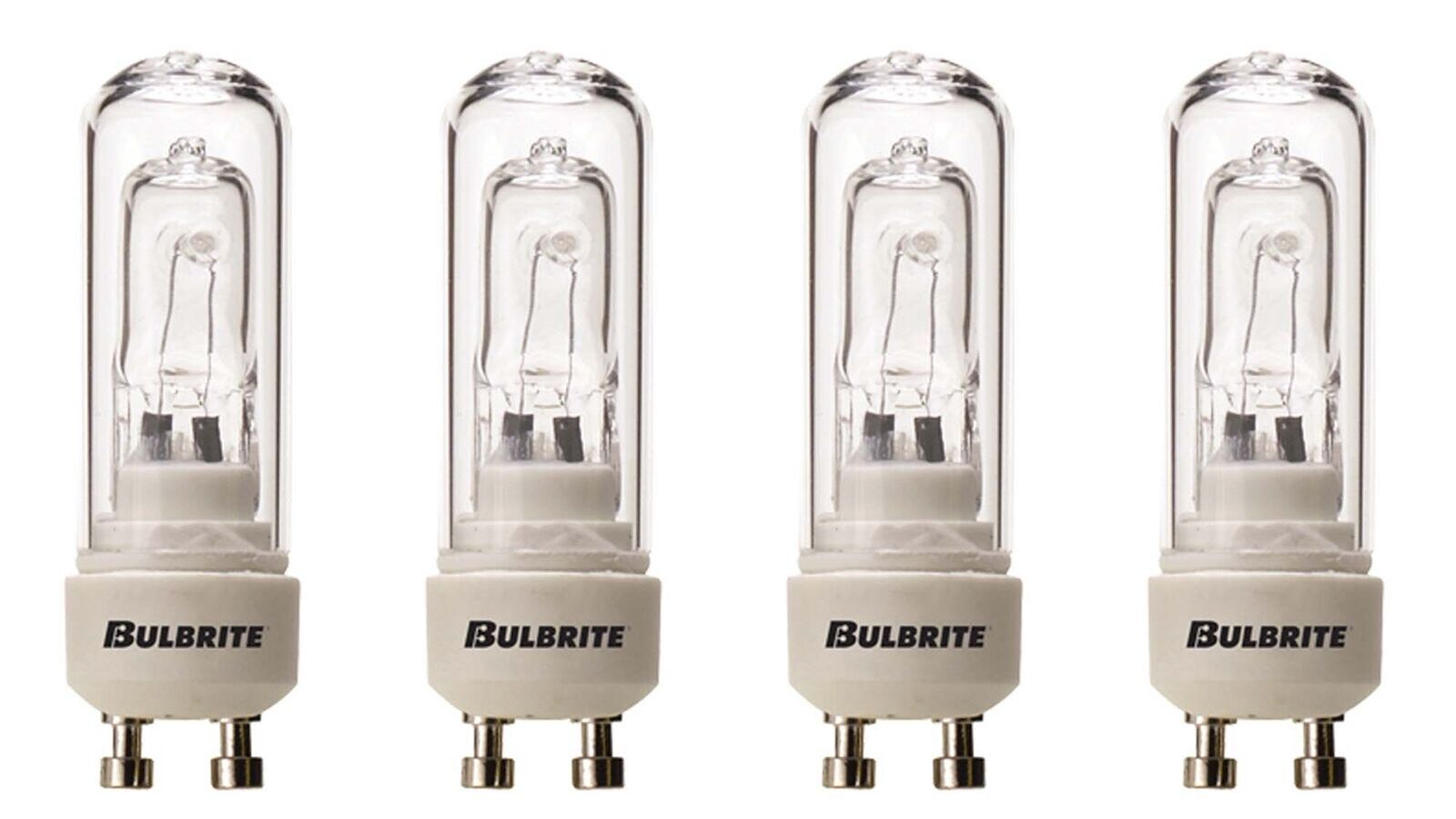
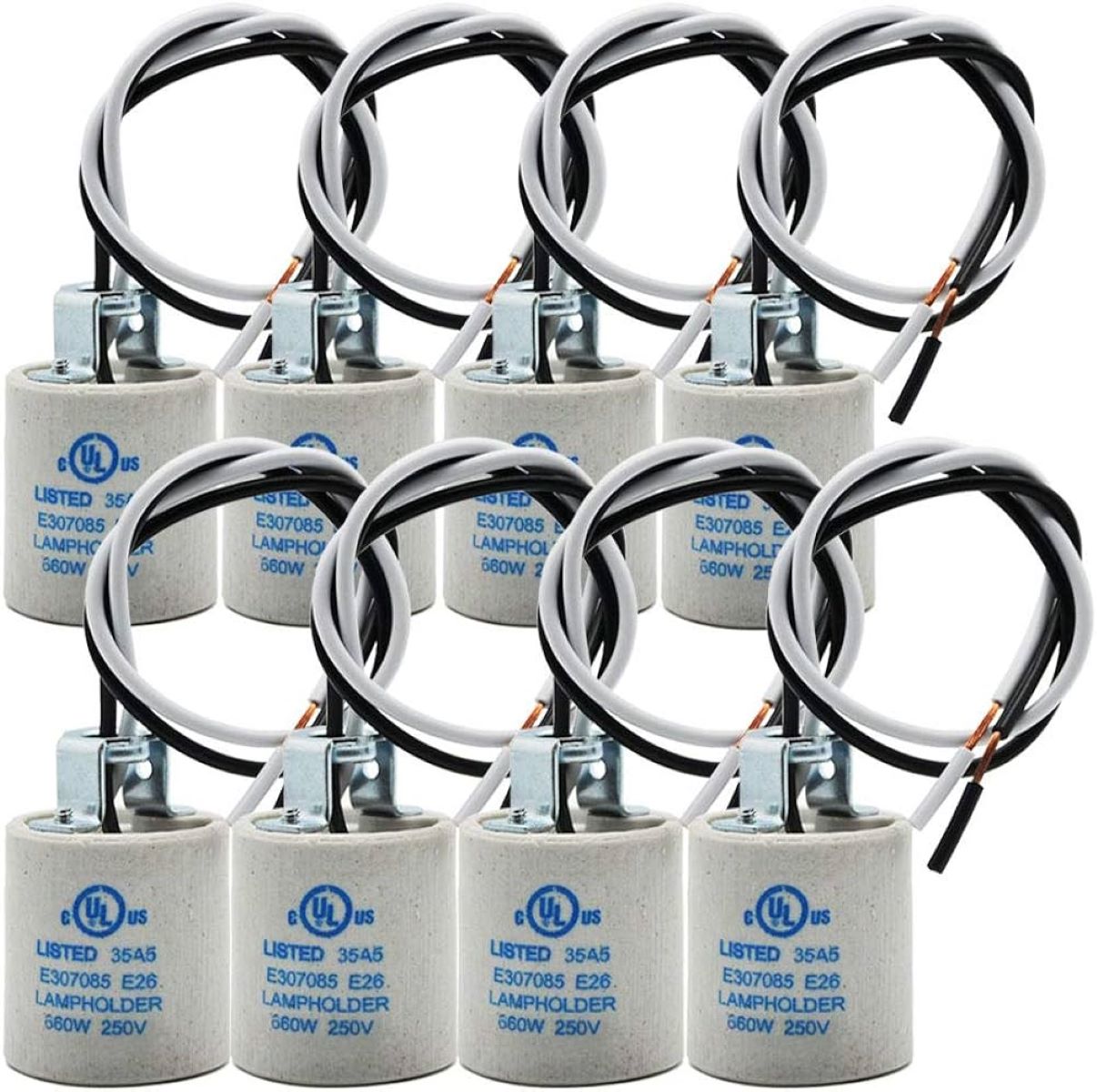
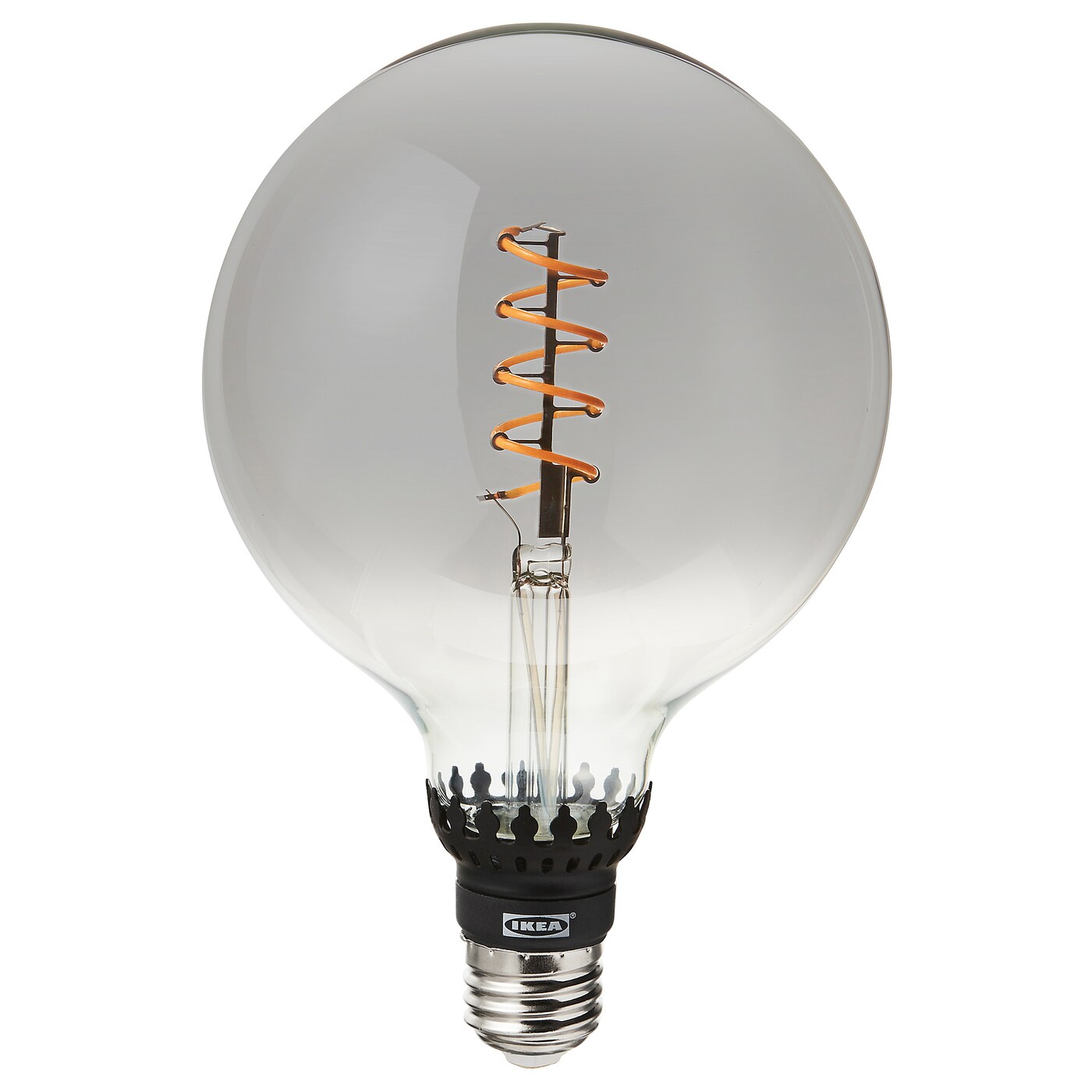
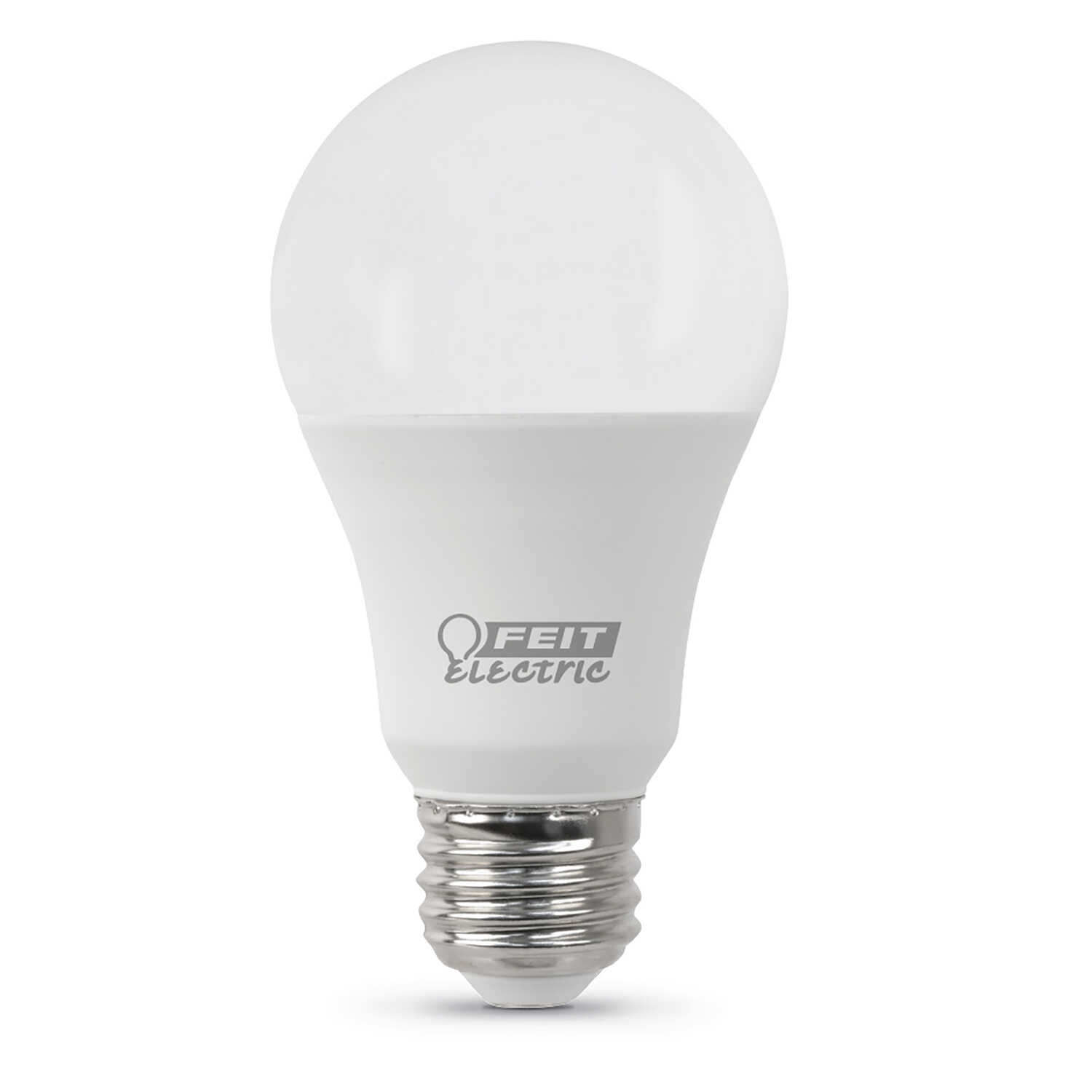
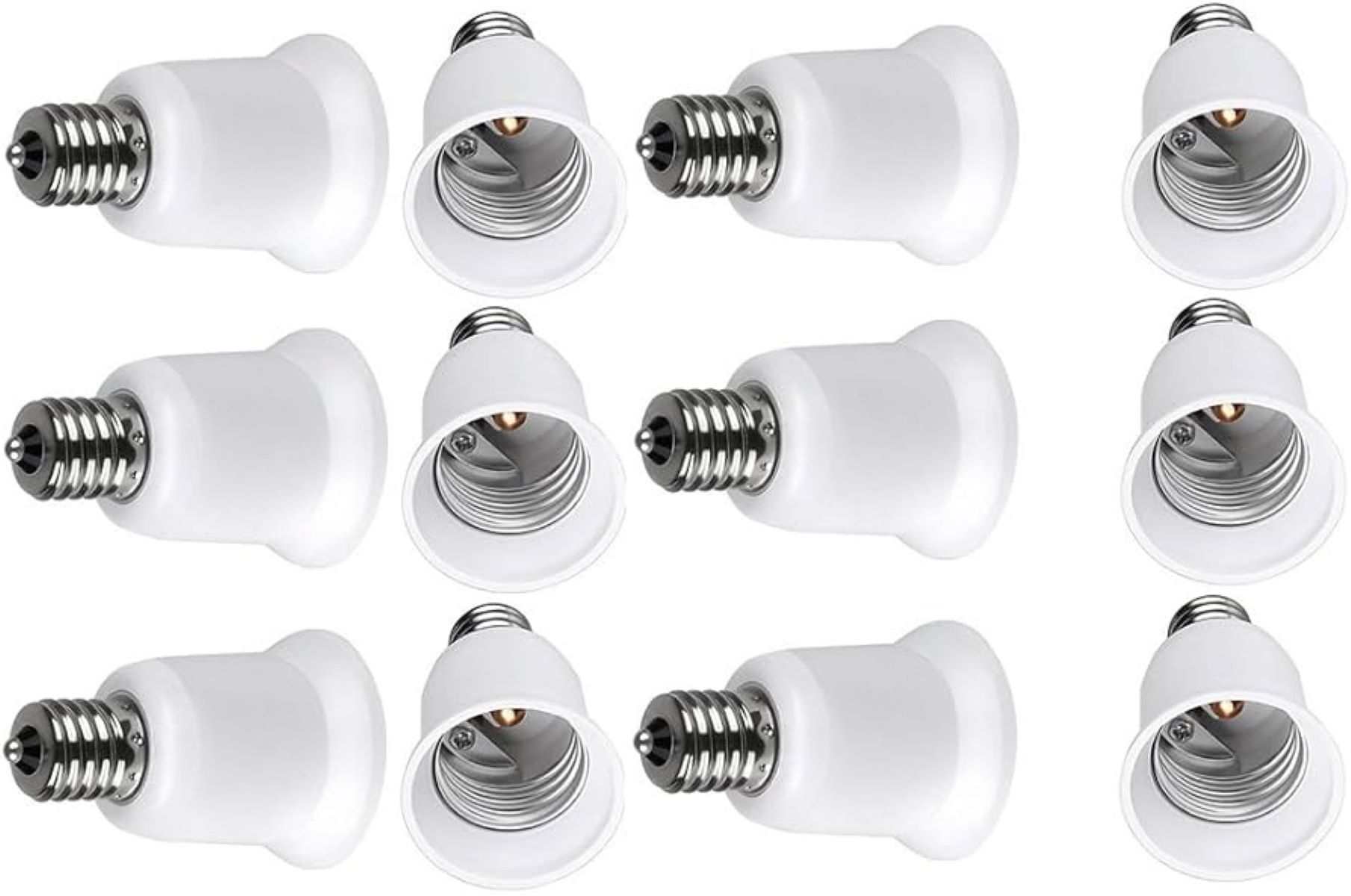
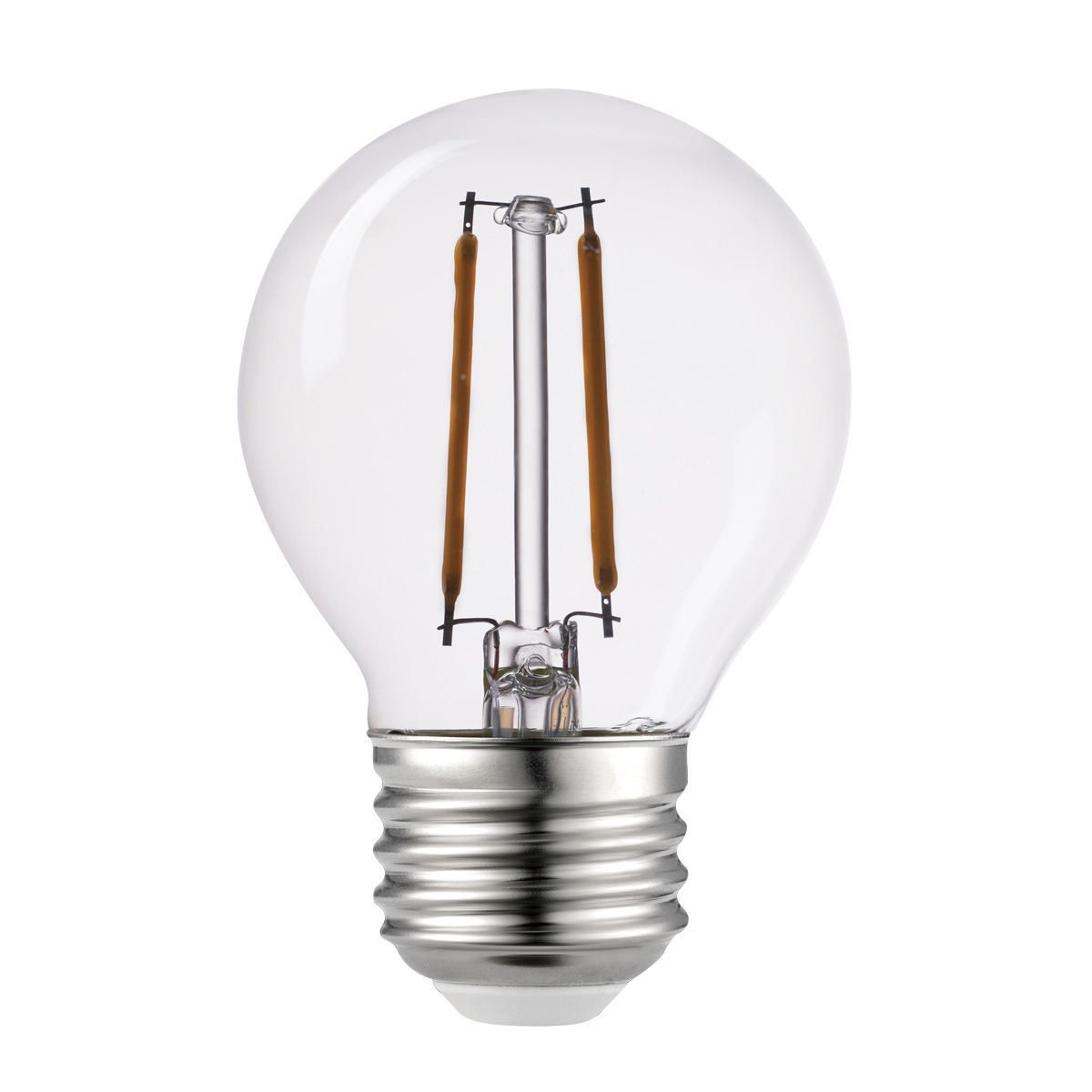
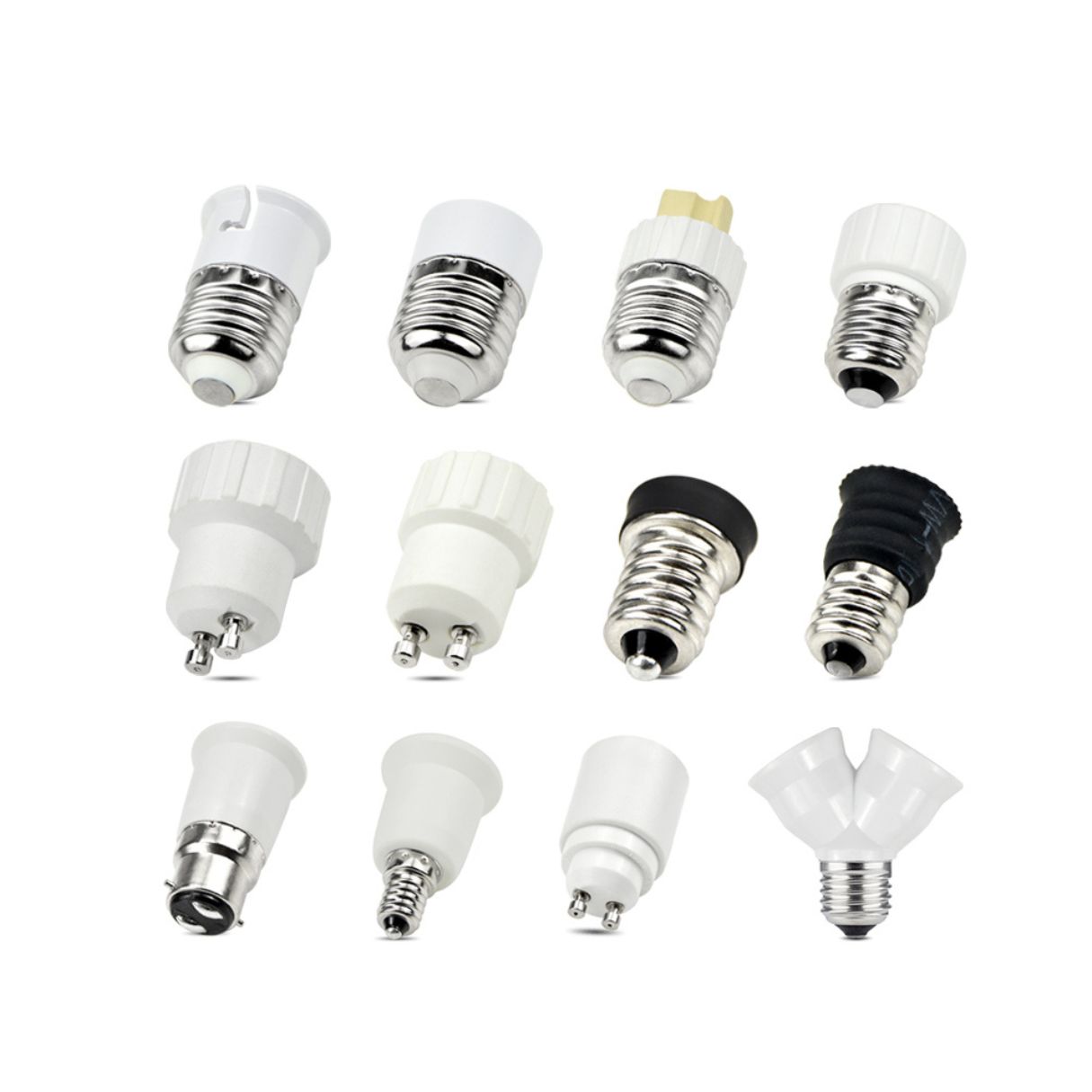
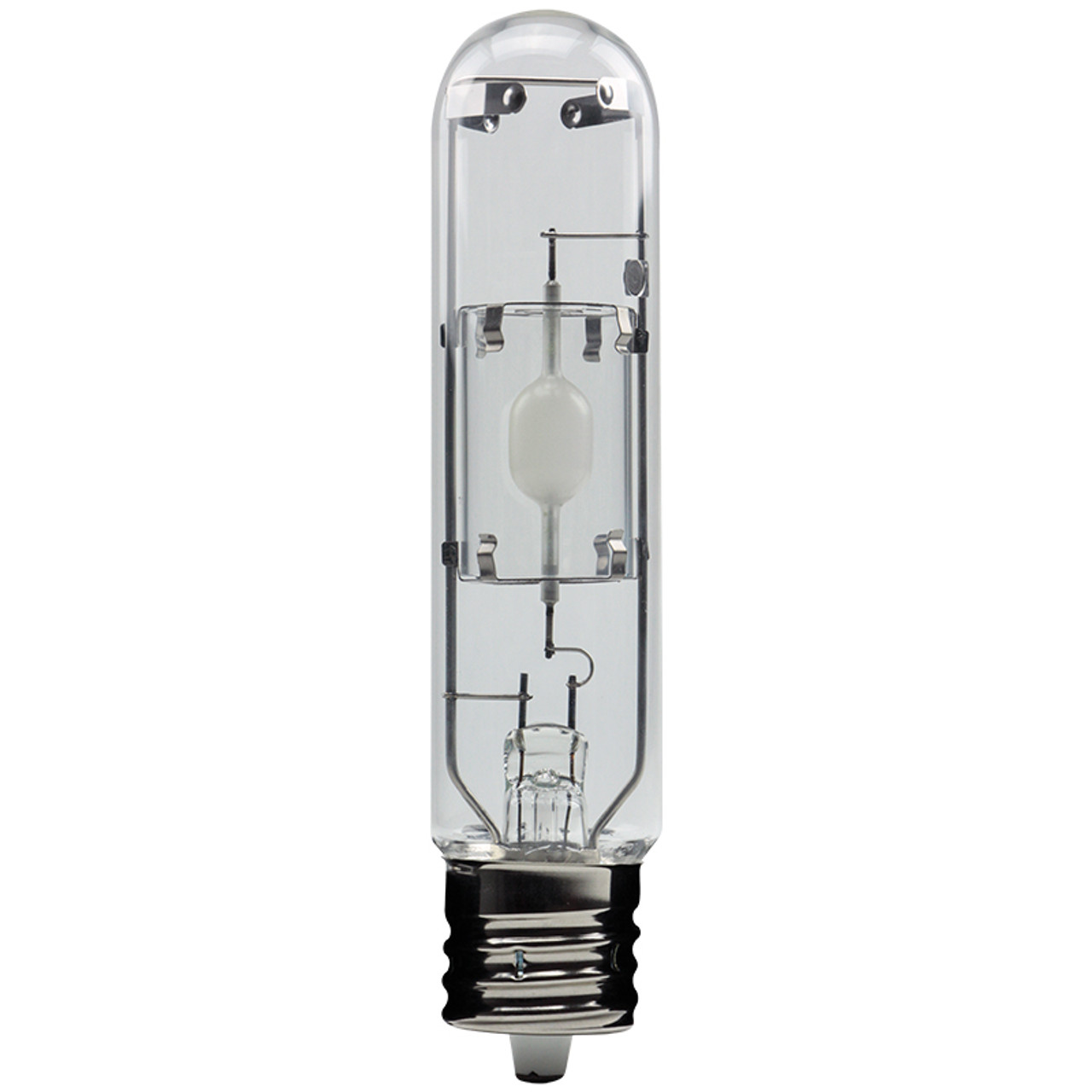
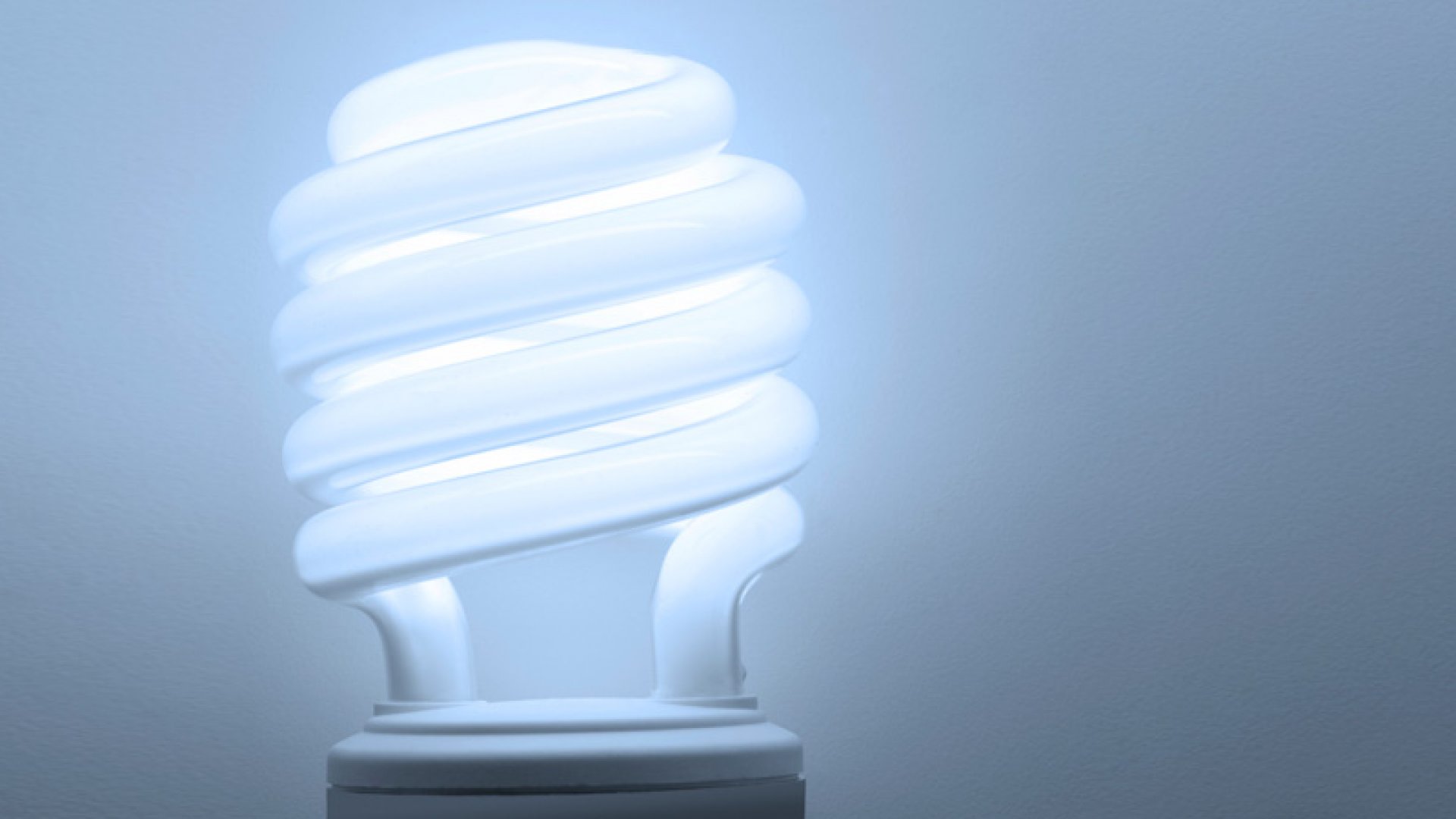
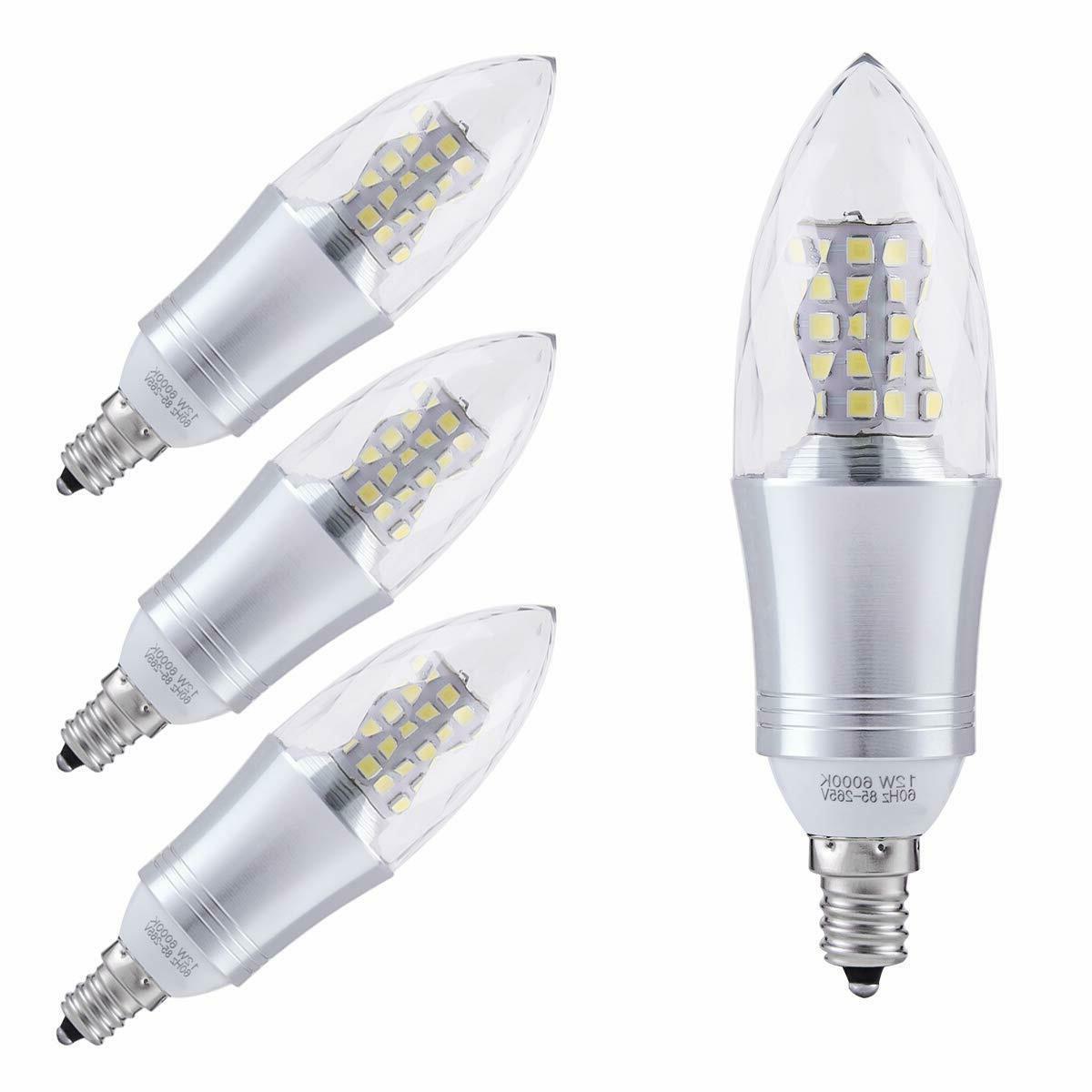
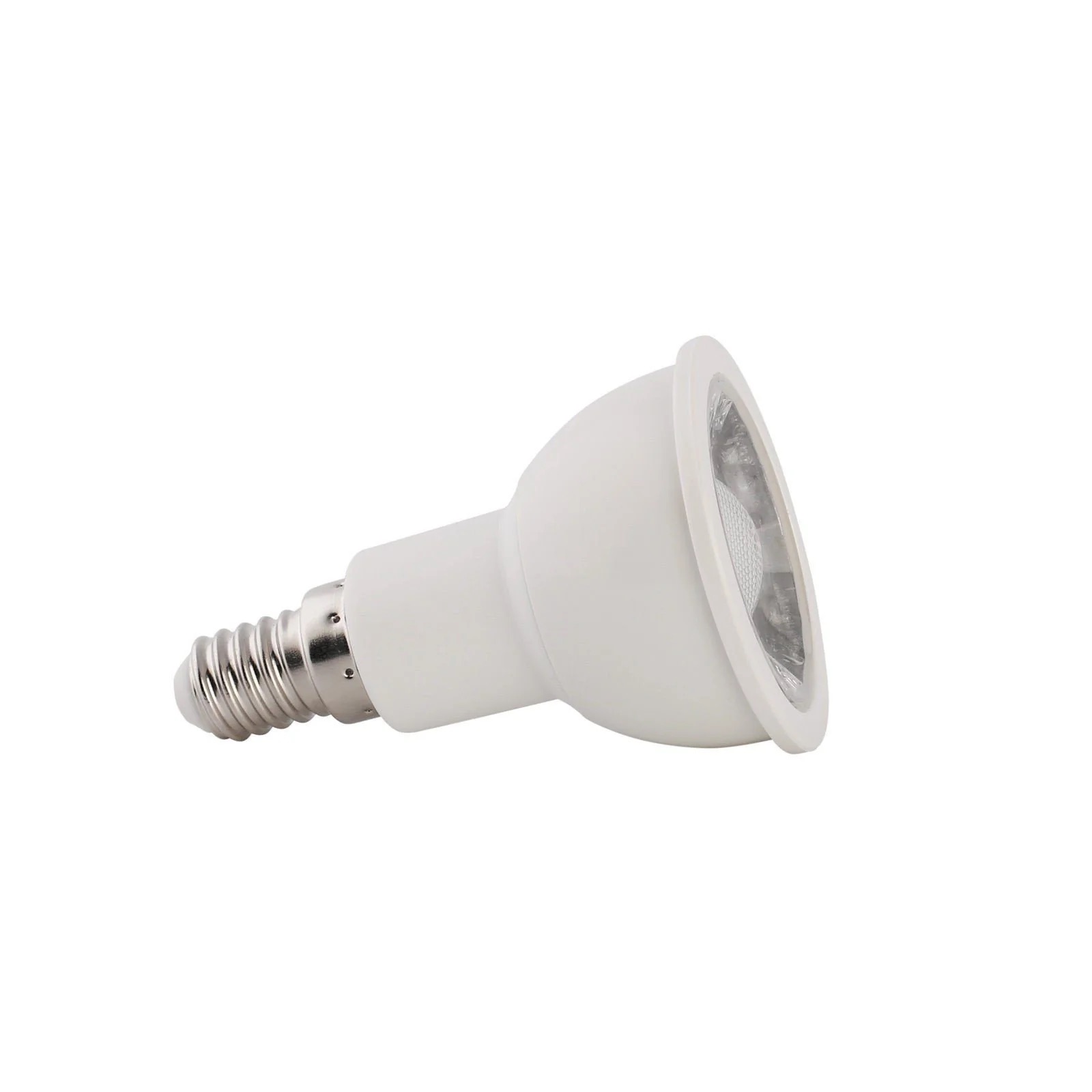

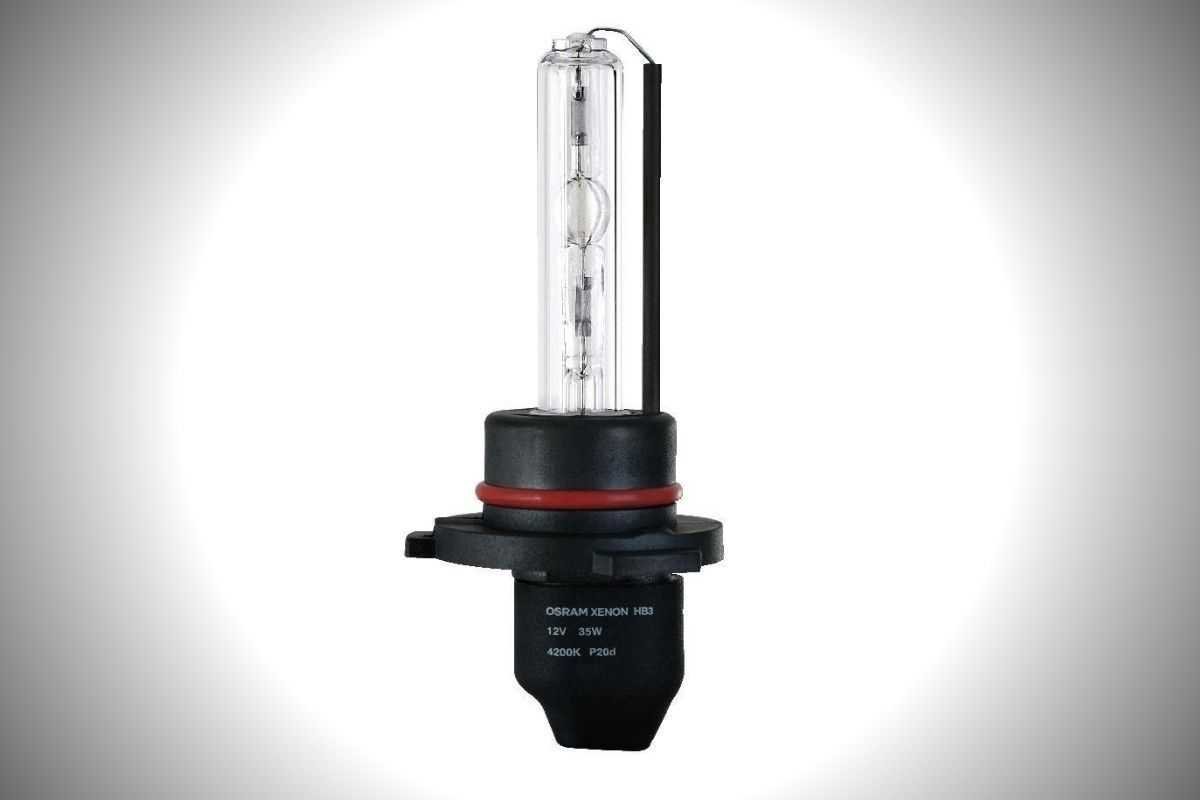
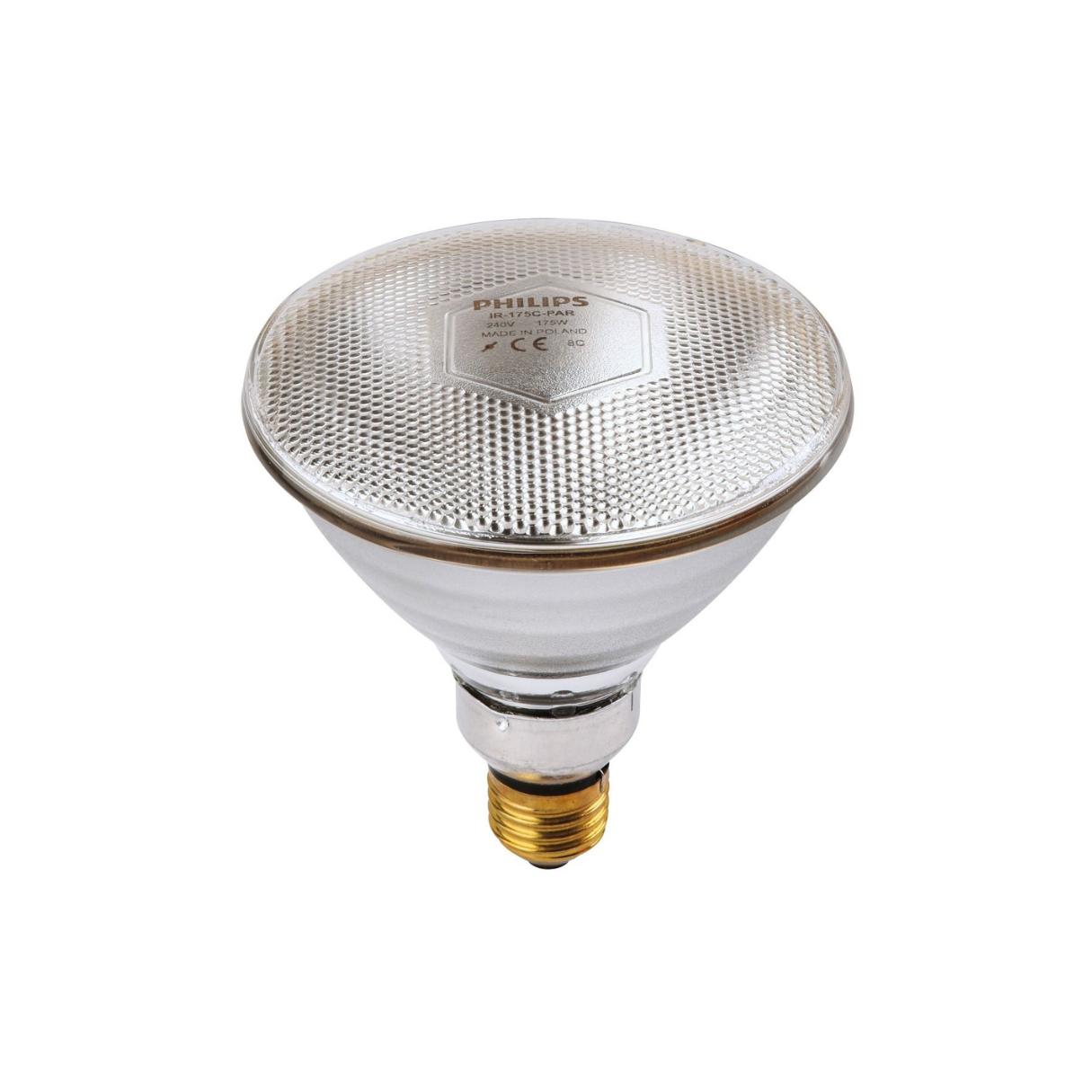

0 thoughts on “What Is An E26 Base Light Bulb”